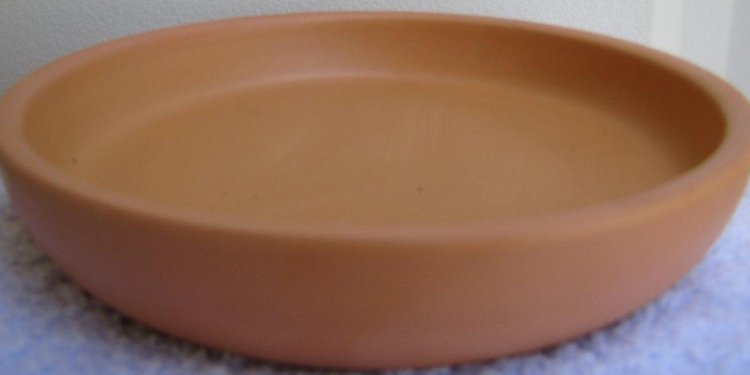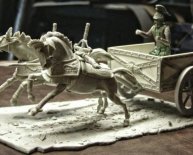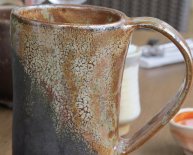
Clay plates
Nga Mokonyi Keketokenno, one month after her lip had been pierced. (David Turton, 1969)
The Mursi, Chai and Tirma are probably the last groups in Africa amongst whom it is still the norm for women to wear large pottery or wooden discs or ‘plates’ in their lower lips. The lip-plate (dhebi a tugoin) has become the chief visible distinguishing characteristic of the Mursi and made them a prime attraction for tourists. A girl’s lower lip is cut, by her mother or by another woman of her settlement, when she reaches the age of 15 or 16. The cut is held open by a wooden plug until the wound heals, which can take around 3 months. It appears to be up to the individual girl to decide how far to stretch the lip, by inserting progressively larger plugs over a period of several months. Some, but by no means all, girls persevere until their lips can take plates of 12 centimetres or more in diameter.
The Mursi are a very egalitarian community in many ways, and it is the choice of the teenage girls to have their lips pierced, and not something older women or men force upon them. Obviously, like all teenagers, they feel some degree of peer pressure, but many girls marry happily without piercing their lips, even if they sometimes change their minds and decide to go ahead with the process after they have had one or two children. So the motivations are complex.
Girls and boys also pierce their ears; in terms of the risk of infection, piercing and stretching of the ear lobes is of a similar risk, and since this is practiced by both sexes (albeit achieving different diameters) there is some gender equality there.

















